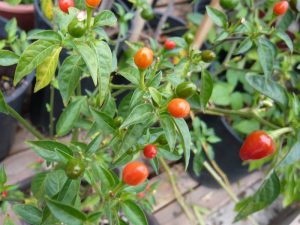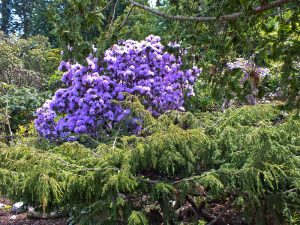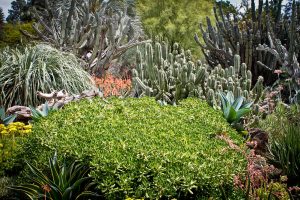Mandy Nguyen
Preface:
My name is Mandy Nguyen, and my portfolio is on Gardening as Art by Ron Finley as well as gardens as a natural art. The licensing I will be using is CC BY 4.0.
Introduction:
Ron Finley uses gardening as his artform of choice. Because of his choice, he has grown food for his community and has been able to educate the community on how to enhance the space around them. This portfolio is also about how gardening can be a natural art. The two types of gardens I will be using to show this are botanical gardens and desert gardens.
Themes:
The first theme I will be exploring is sustainability. Finley’s community gardening as well as desert gardens allow for communities and just people in general to have sustainable options when it comes to gardening. Sustainability is an important aspect of this day and age because of many environmental movements to save the earth and to create less waste. The second theme that is being explored is gardening as a way of educating the public. Community gardens and botanical gardens are a great way to educate the public about ways to be self-sustainable and as well as just the education of different plants in general.
Analysis:

“Ron Finley tomato plant” by LAGreenGrounds licensed under CC BY 2.0
The first image shows a tomato plant in one of Ron Finley’s gardens. The tomatoes grown show only one aspect of the sustainability that comes from his gardens. Ron’s gardens play a large role in the communities that they are in. These community gardens allow for not only easy access to fresh produce and learning experiences, but also for bonding between the members of the community.
Because of Ron’s background of growing up in South-Central Los Angeles a food desert, food deserts being locations where access to healthy and affordable food options is limited, he understood the lack of access to fresh produce which eventually led to why Ron chose to create his gardens and also educate the community on how to plant and maintain their own gardens.

“Copenhagen botanical gardens” by Michael John Button is licensed under CC BY 2.0
The second image shows an example of a botanical garden. Botanical gardens allow the public to see a range of different plants that would not normally be seen very often or even be known about. These gardens are typically for the conservation of plants or for educational purposes about the variety of plants. Botanical gardens can be great to introduce those who are not well versed in the range of plants that can be seen and grown. Not only are botanical gardens great for educational purposes but they can bring a sense of life to urban areas. In places like large cities with little space for individual gardens they allow for communities to experience the beauty of nature and plants.

“The Huntington Library – Desert Garden” by Brendan C licensed under CC BY 2.0
The third image depicts a xeriscape garden or otherwise known as a desert garden. Desert gardens are unique in the fact that they do not require as much water as a typical garden would, which is beneficial in desert environments. Desert gardens can allow for the integration of native plants and of drought resistant nonnative plants. Since desert gardens require less water than a typical garden, they are a sustainable option for those who live in the desert. These gardens can bring more life and color to desert landscapes because many of the plants are drought resistant and therefore a great match for desert environments.
Application:
Ron Finley’s gardening work is important because he is not only promoting sustainability but also providing education to the community. His work shows people that gardening can be used as a way to grow your own food, but as well as find beauty and freedom in gardening. These things also being why the other gardens mentioned are important as well. Gardening allows for creativity to take place, learning experiences, sustainability, and even relaxation which are all necessities in life.
Media Attributions
- 14785241101_04c2589860_c
- 8839471540_5c8cf20b25_c
- 5659084991_5cc438889e_c

